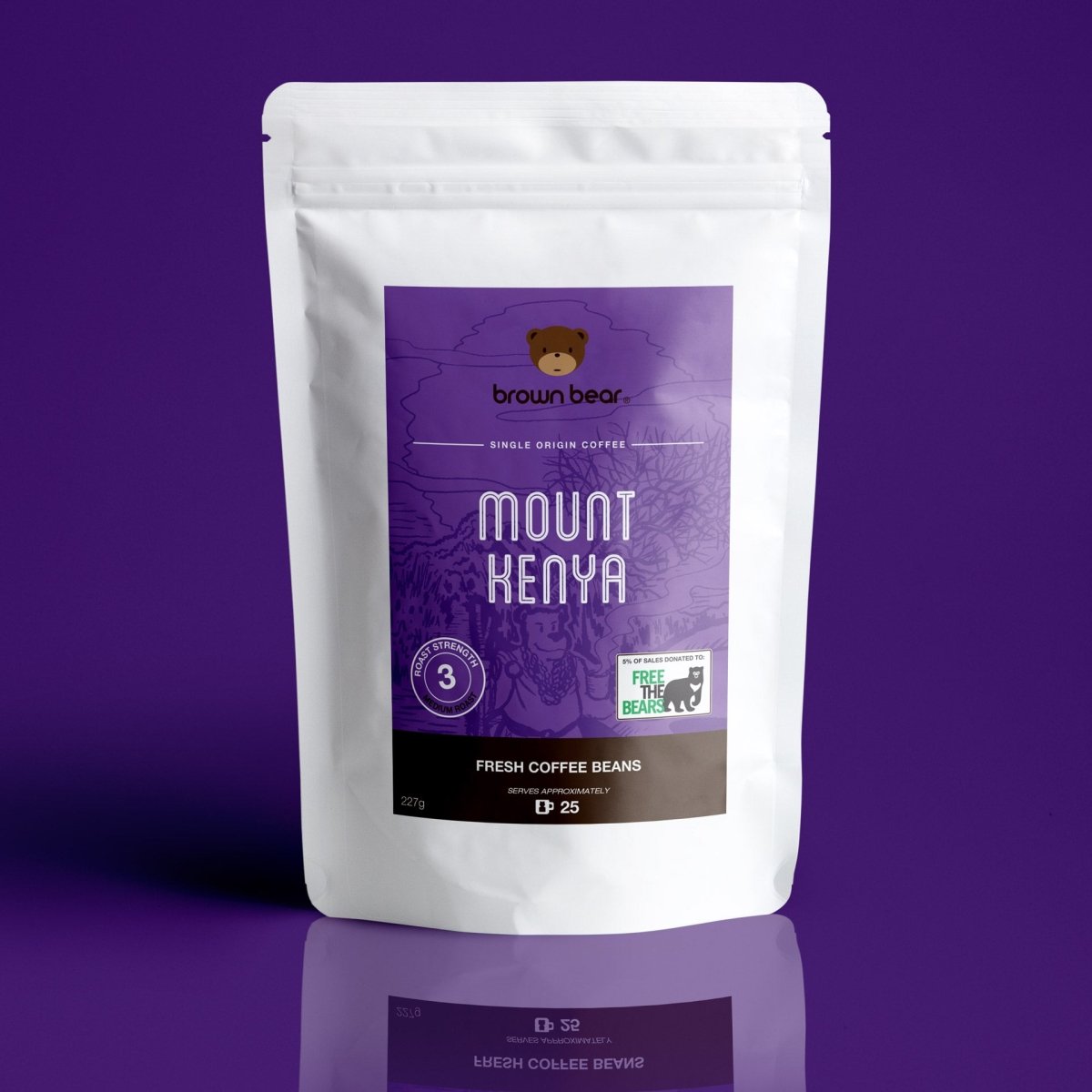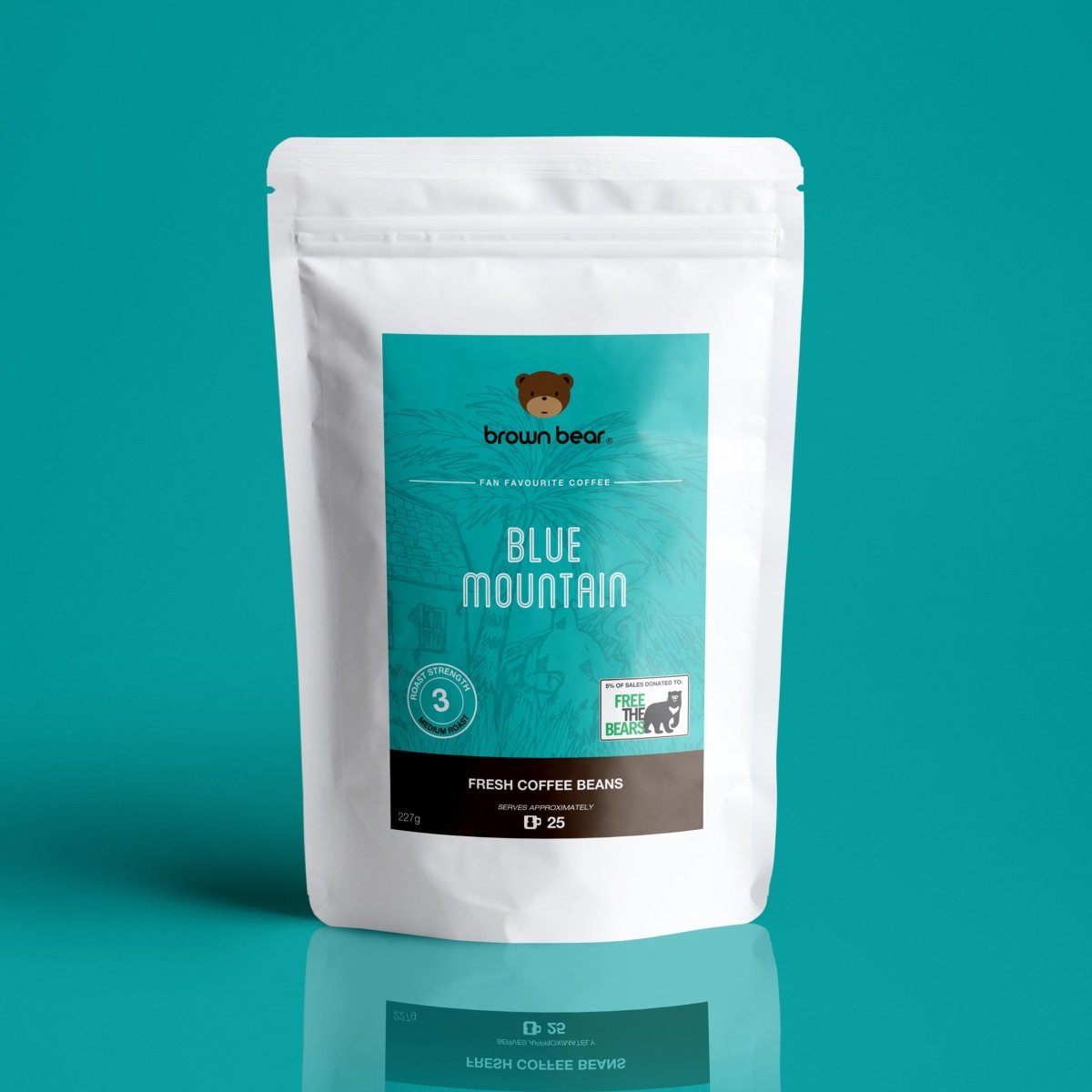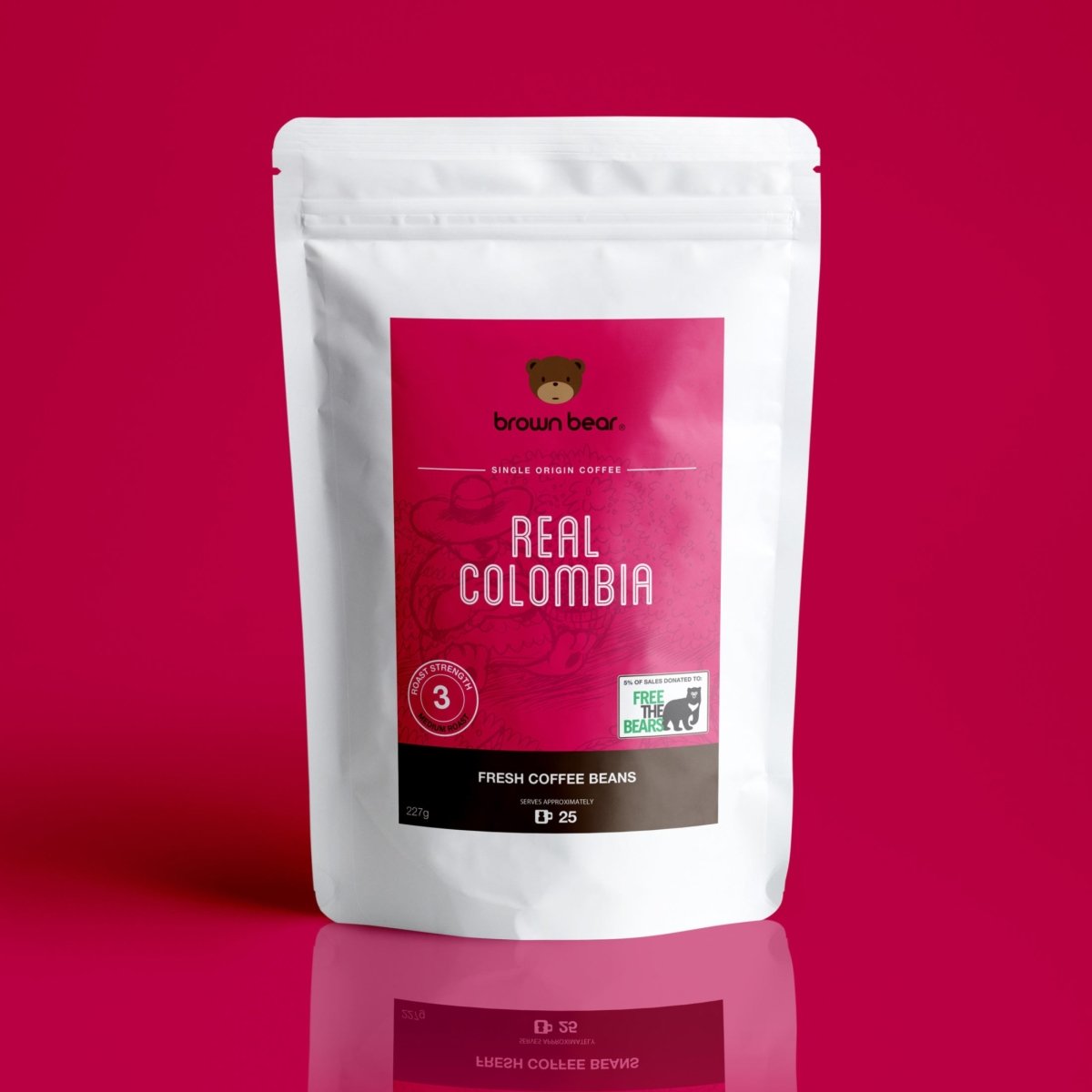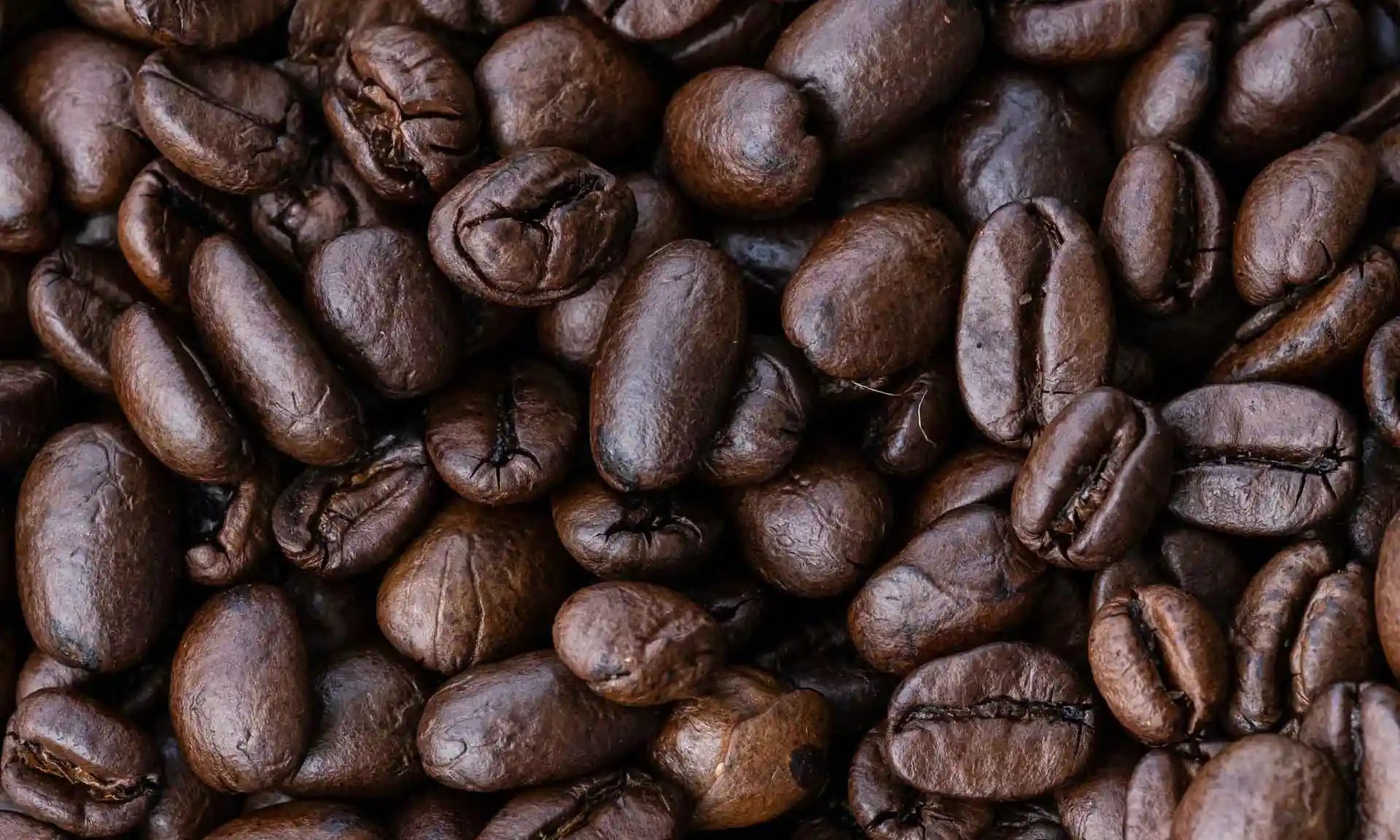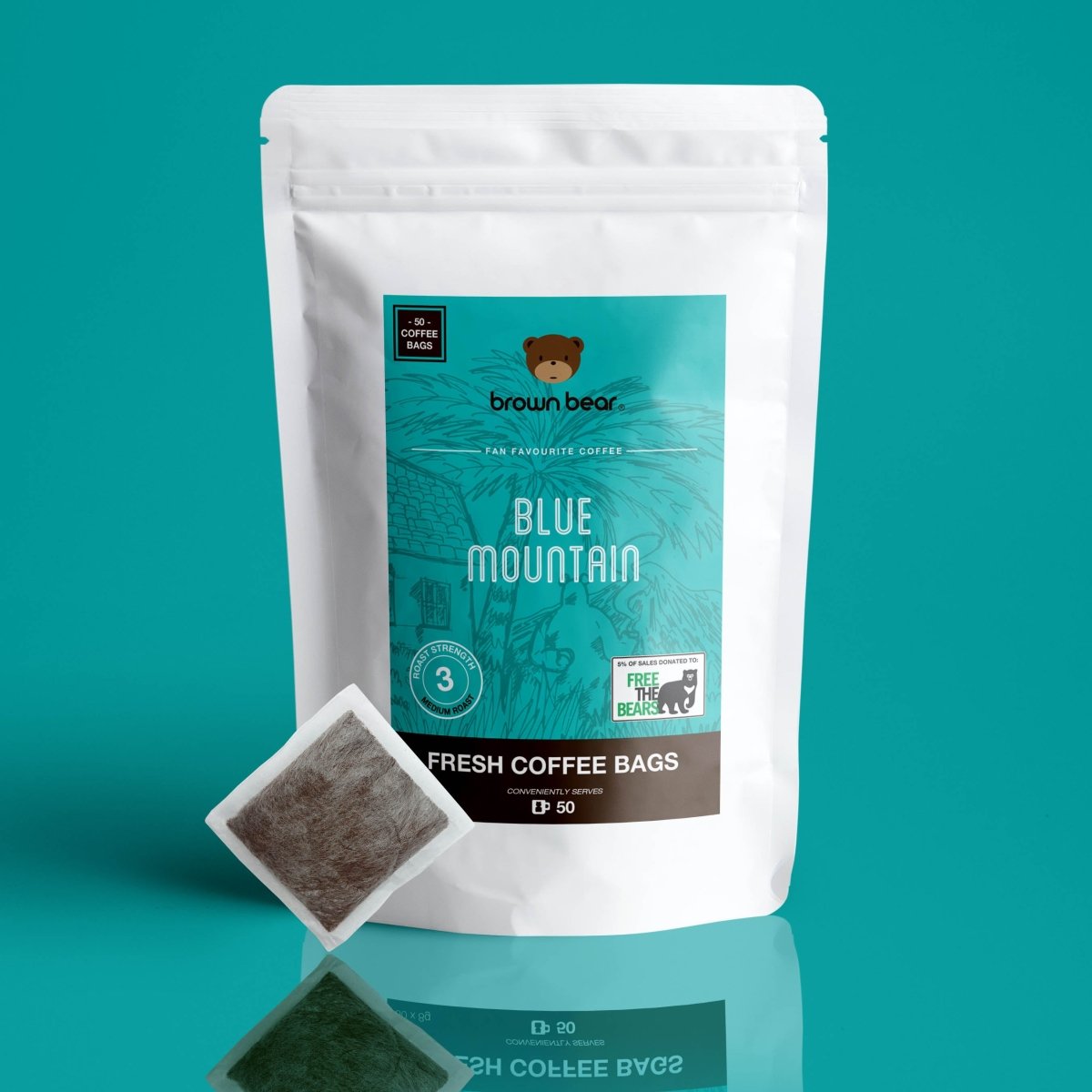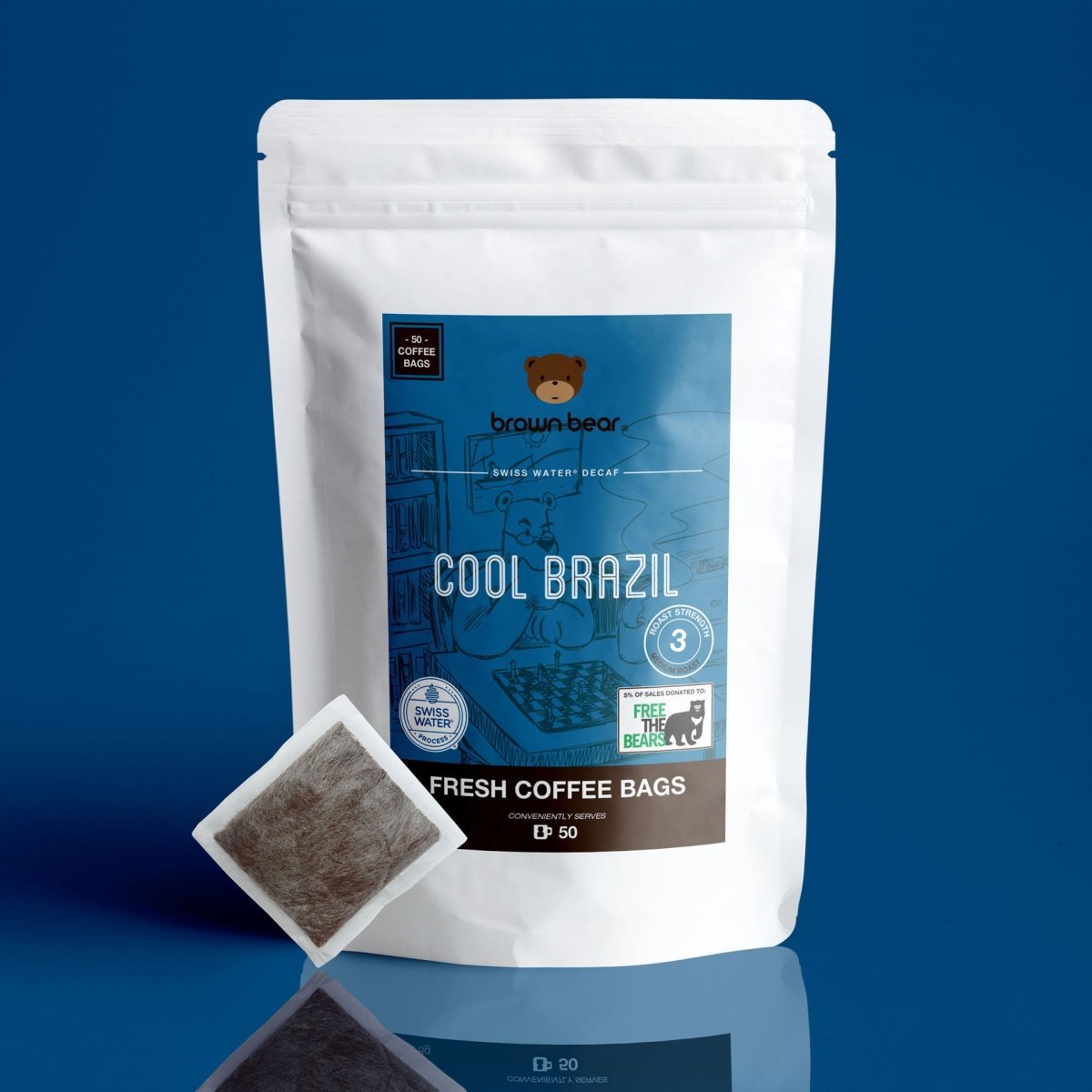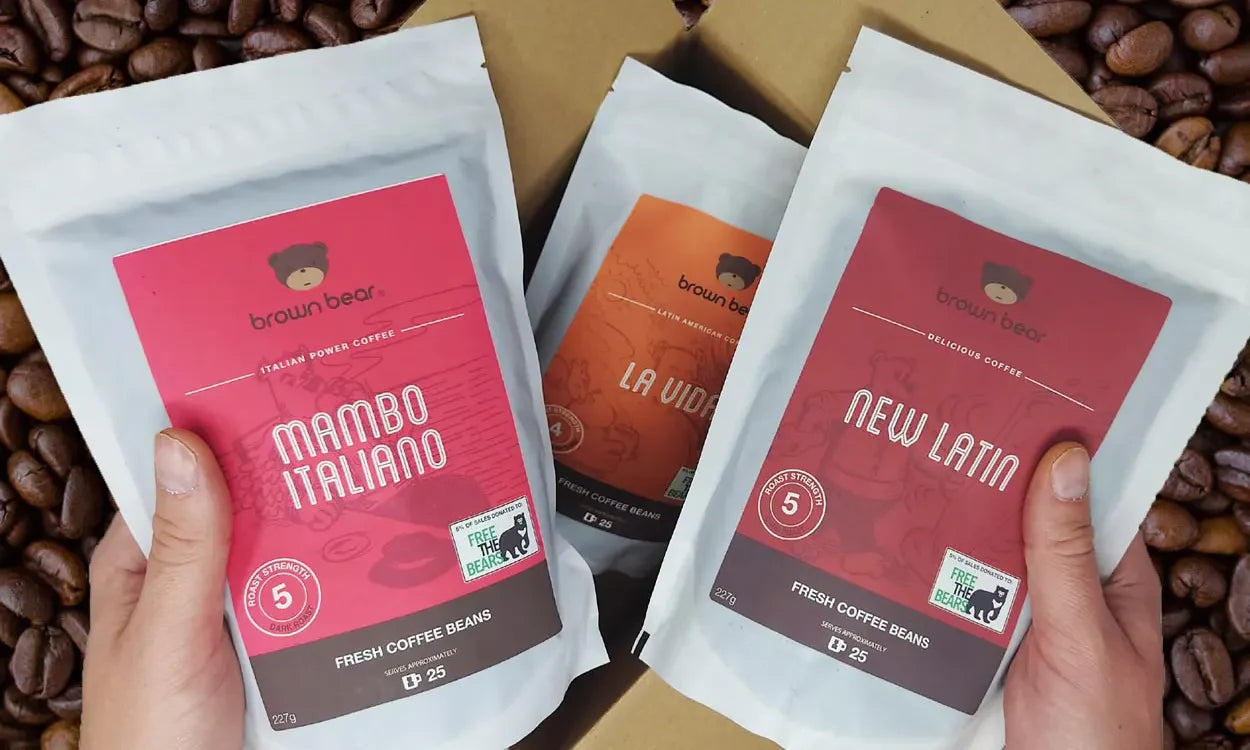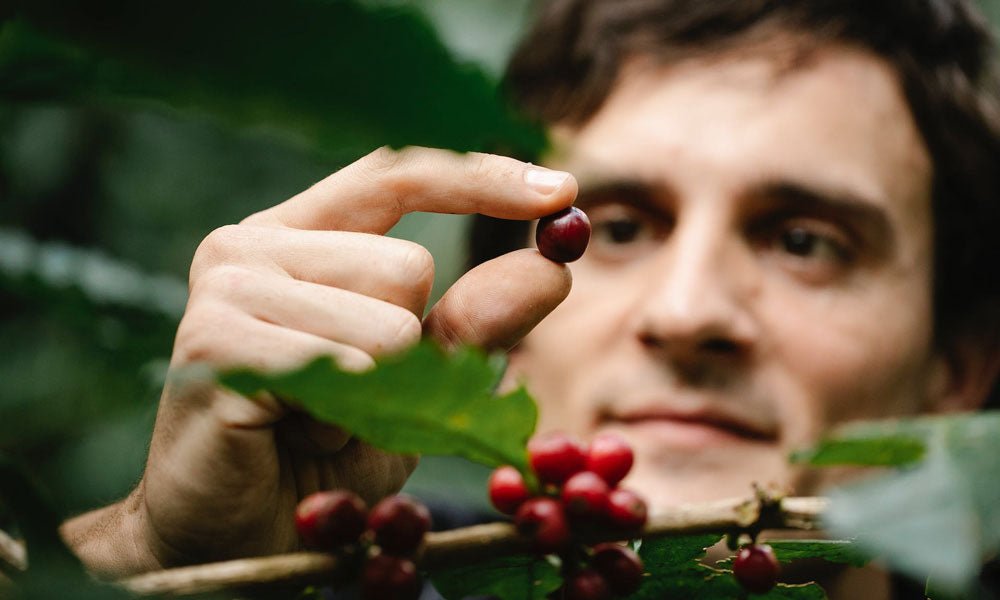What is coffee?
Simply put, the word "coffee" comes from the Latin name the genus Coffea.
The genus is a member of the Rubiaceae family, which includes more than 500 genera and 6,000 species, most of which are tropical trees and shrubs.
The eighteenth-century Swedish botanist, Carolus Linnaeus, described the genus, but botanists are still not in complete agreement on the precise classification.
There are probably at least 25 major species within the genus of coffee – all indigenous to tropical Africa and some islands in the Indian Ocean, but problems have arisen because of the wide variations that occur in the plants and seeds. All species of Coffea are woody, but they can be small shrubs or tall trees more than 10 metres high. The leaves range in colour from yellowish to purple.
From the coffee drinker's point of view, there are two major and two lesser species within the genus. Coffea arabica, which Linnaeus identified in 1753, gives us arabica beans, the quality coffee of the world. Arabica coffees are described as "Brazils," which come from Brazil, and "Other Milds," which come from elsewhere.
The two best-known varieties of C. arabica are Typica and Bourbon, but many strains have been developed, including Caturra, Mundo Novo, Tico and San Ramon. The average arabica plant is a large bush with dark-green, oval leaves. The fruits, called cherries, are bright red and oval shaped and contain two flattish seeds, which we call the "beans".
Coffea canephora or, more accurately, C. canephora var. robusta, provides the robusta beans, a hardier type that are often used to make arabica go further. The two minor species within the genus are C. liberica and C. excelsa (C. dewevrei), which give the little-used liberica and excelsa coffee beans respectively.
Robusta plants are shrubs or small trees that grow to as much as 10 meters or more in height, but with a shallow root system. The fruits are round and take up to 11 months to mature. The seeds are oval and somewhat smaller than the arabica beans. Robusta coffee is grown in West and Central Africa, throughout Southeast Asia and in Brazil, where it is known as Conillon.
At present arabica coffee represents less than two-thirds of the world's production, but the proportion of robusta is increasing largely because of the better yields that are possible from robusta trees. In addition, arabica trees are more prone to disease than plants producing robusta beans.
How is coffee grown?
Both arabica and robusta trees produce crop 3 to 4 years after planting, and they are viable for between 20 and 30 years, depending on conditions and care. Thereafter, they must be replaced. Both species require plenty of sun and rain. Arabica trees prefer a seasonal climate with temperature range of 15 to 24 Celsius; robusta prefers warm, equatorial conditions with more constant temperatures of between 24 and 29 Celsius. Both species die when the temperature falls below freezing although the arabica trees are hardier and both require an annual rainfall of 150 centimetres.
The traditional way to grow coffee is under suitable trees in the surrounding area, which shade the coffee and its developing fruit from the hottest sun. As well as limiting the damage that may be caused by direct sun, the shade of other trees helps to conserve the moisture in the soil. A more modern technique called sun grown coffee is to use irrigation and fertilizers, which require investment and which must, therefore, be economic in terms of yield and added value; as a result, they are really only viable in commercial plantations.
Where is coffee grown?
Coffee is cultivated in tropical regions of Africa, Asia, and the Americas, notably in Brazil, Vietnam, Colombia, and Ethiopia. It thrives in areas with ample sunshine and rain, often requiring shade from harsh sun and specific climates, with arabica preferring cooler, seasonal climates and robusta favouring constant, warm temperatures.
Coffee is grown on very large estates and in the smallest of forest clearings, and on almost every size of farm and smallholding between. In Brazil and Guatemala, for example, there are many large estates devoted to growing nothing but coffee, and in Brazil in particular mechanical harvesters are increasingly used. The large estates can produce high yields, but they also have high input and capital costs; smaller farms have lower yields but lower costs.



